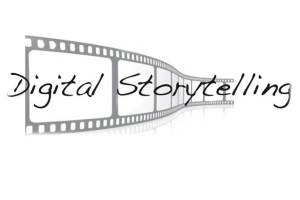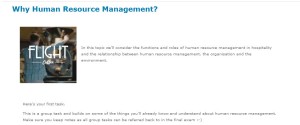
http://blog.maritimemuseum.co.nz
Maui Tikitiki a Taranga (Maui of his mother’s top knot) is a well-known Maori trickster. He exists with slightly different names in the Pacific and has a similar role – a bit like that of crow in some indigenous North American stories. Or perhaps Anansi the spider, in Africa.
Tricksters bring fire, fish up islands, hold the stories, tangle with death or create the world. They interact between humans and the gods- and at times the elements. They are also a bit mischievous.
And so it is with some people.
We were recently visited by someone I’d describe as a trickster who brought us some ideas, threw the idea of a storybox at us, asked us about OER materials and shared his views. He also encouraged us to sign up to the MOOC ds106 (more about this in another post).
He has been to Aotearoa New Zealand one or two times and while I don’t wish to assert that he has mystical powers I do want to assert that his visits are memorable mostly because he throws ideas at us with some humour saying “O.K. I am not sure what to do with this. What do you think?”. And off we go, Alan Levine, trying out new ideas and seeing if the fire we got from our grandmother’s fingers will be useful, or if having a longer day because the sun has been reined in makes us more able to grow food and survive.





